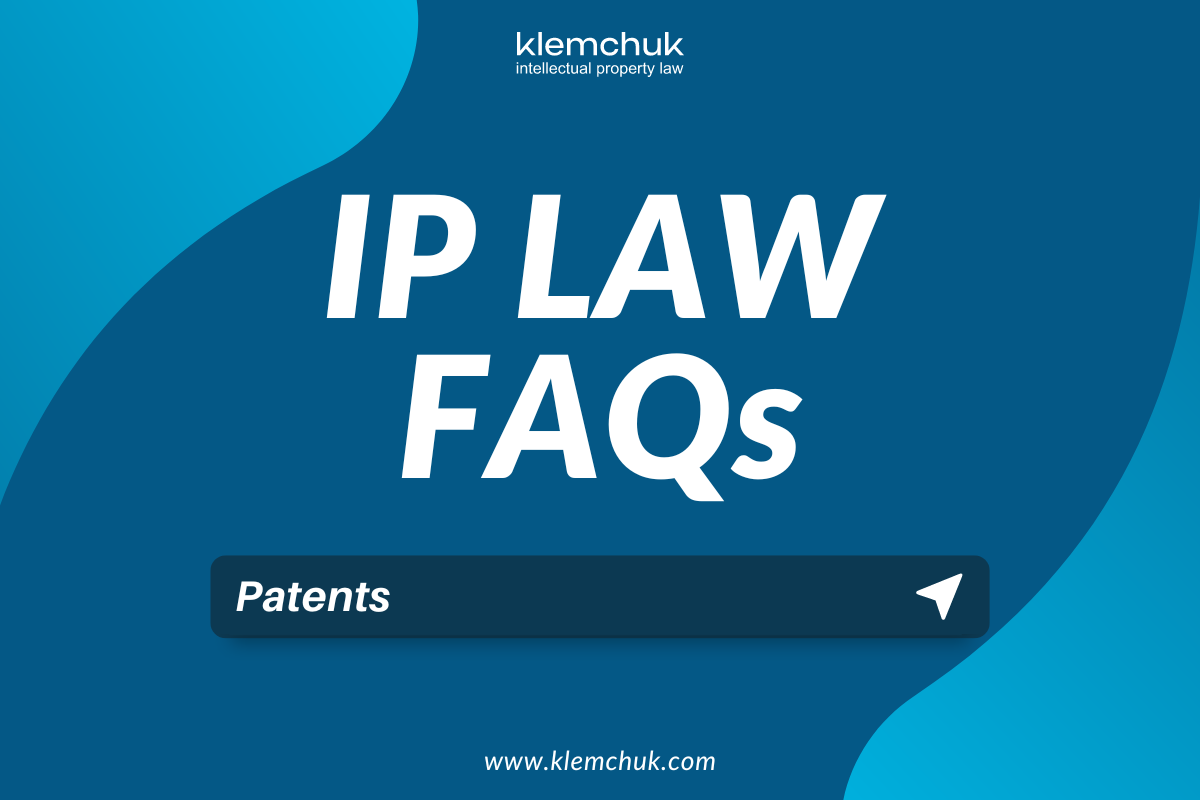What Are the Basics of Patent Inter Partes Review Proceedings?
What are the basics of patent inter partes review proceedings?
The Supreme Court validated “inter partes” review in Cuozzo Speed Technologies v. Lee. Cuozzo presented the Supreme Court with two questions. First, the case questioned whether patent holders can seek judicial review of the Patent and Trademark Office’s decision to institute a review. Second, the case questioned the standard involved for evaluating patent claims in challenged patents.
Supreme Court Approves Inter Partes Review Proceedings
The Patent and Trademark Office had earlier published regulations that called for the use of the “broadest reasonable interpretation” (“BRI”) standard, which the Supreme Court validated in its Cuozzo holding. While the Court noted that there was indeed good reason to also use the “ordinary meaning” standard, it deferred to the Patent and Trademark Office’s preference for the BRI standard. It cited Congress’s decision to give the Patent and Trademark Office discretion in deciding its own standards and delineating how the inter partes review process should work.
Many experts conclude that this holding has resulted in broader claim construction. Similarly, many attorneys believe that many patent claims may now be easier to invalidate via inter partes review proceedings as it may force patentees to take initial positions that may be used against them later in ligation due to the limited discovery process available during inter partes review proceedings. Also noteworthy for plaintiffs is the fact that the presumption of validity does not apply in inter partes review proceedings. The Patent and Trademark Office prefers to use the preponderance standard rather than the higher “clear and convincing evidence” standard that is applied in civil actions.
Faster Resolution through Inter Partes Review
Lastly, inter partes review proceedings tend to have faster resolution because they have time limits set by statutory requirements. As such, inter partes review proceedings may favor highly prepared petitioners. Statues provide that the inter partes review proceeding must be instituted within six months of the petition. It also requires that the proceeding be resolved within twelve months after initiation, although it does provide for a six-month extension for good cause when necessary. As such, the total time for an inter partes review proceeding to last ranges from approximately eighteen to twenty-four months. Due to the speedy resolution of such proceedings, many find that inter partes review proceedings cost significantly less than traditional patent litigation.
For a broader discussion of inter parties review proceedings, read our post on IPR Defense.
Services Typically Provided by a Patent Lawyer
In addition to patent searches and applications, a patent lawyer will often advise clients regarding the following issues:
You can find additional information in our Patents overview page.
See our Legal FAQs page for the answers to more intellectual property law questions.
Klemchuk PLLC is a leading intellectual property law firm focusing on litigation, anti-counterfeiting, trademarks, patents, and business law. We help clients protect innovation and increase market share through investments in IP.
This article has been provided for informational purposes only and is not intended and should not be construed to constitute legal advice. Please consult your attorneys in connection with any fact-specific situation under federal law and the applicable state or local laws that may impose additional obligations on you and your company. © 2023 Klemchuk PLLC

